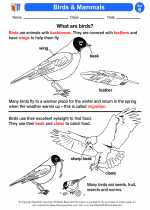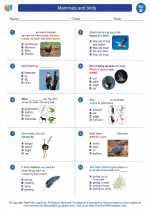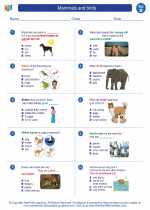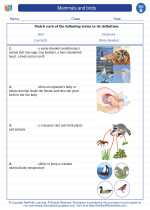Adrenal Gland
The adrenal glands are small, triangular-shaped glands located on top of each kidney. They are a part of the endocrine system and play a crucial role in hormone production and regulation in the body.
Anatomy:
The adrenal glands are made up of two main parts: the adrenal cortex and the adrenal medulla.
- Adrenal Cortex: The outer layer of the adrenal gland that produces hormones such as cortisol, aldosterone, and androgens.
- Adrenal Medulla: The inner part of the adrenal gland that produces hormones called catecholamines, including adrenaline (epinephrine) and noradrenaline (norepinephrine).
Function:
The adrenal glands have several important functions in the body, including:
- Regulating the body's response to stress through the release of adrenaline and noradrenaline.
- Regulating metabolism, blood pressure, and the body's response to inflammation through the production of cortisol.
- Regulating the body's balance of water and electrolytes through the production of aldosterone.
Disorders:
Disorders of the adrenal gland can lead to various health issues, such as:
- Adrenal Insufficiency: A condition where the adrenal glands do not produce enough hormones, leading to symptoms such as fatigue, weakness, and low blood pressure.
- Cushing's Syndrome: A condition caused by prolonged exposure to high levels of cortisol, leading to symptoms such as weight gain, high blood pressure, and mood changes.
- Adrenal Tumors: Abnormal growths in the adrenal gland that can lead to hormone overproduction or other complications.
Study Guide:
To study the adrenal gland, it's important to focus on the following key points:
- Understand the anatomy of the adrenal gland, including the adrenal cortex and adrenal medulla.
- Learn about the hormones produced by the adrenal gland and their functions in the body.
- Explore the role of the adrenal gland in the body's stress response and overall hormone regulation.
- Review common disorders and conditions related to the adrenal gland, including their symptoms and treatments.
By understanding the structure, function, and importance of the adrenal gland, you can gain a comprehensive understanding of its role in the human body and its significance for overall health and well-being.
.◂Science Worksheets and Study Guides Second Grade. Mammals and birds
Study Guide Mammals and birds
Mammals and birds  Activity Lesson
Activity Lesson Birds & Mammals
Birds & Mammals  Worksheet/Answer key
Worksheet/Answer key Mammals and birds
Mammals and birds  Worksheet/Answer key
Worksheet/Answer key Mammals and birds
Mammals and birds  Worksheet/Answer key
Worksheet/Answer key Mammals and birds
Mammals and birds  Worksheet/Answer key
Worksheet/Answer key Mammals and birds
Mammals and birds  Vocabulary/Answer key
Vocabulary/Answer key Mammals and birds
Mammals and birds 

 Activity Lesson
Activity Lesson
 Worksheet/Answer key
Worksheet/Answer key
 Worksheet/Answer key
Worksheet/Answer key
 Worksheet/Answer key
Worksheet/Answer key
 Worksheet/Answer key
Worksheet/Answer key
 Vocabulary/Answer key
Vocabulary/Answer key

The resources above cover the following skills:
LIFE SCIENCE (NGSS)
Biological Evolution: Unity and Diversity
Students who demonstrate understanding can:
Make observations of plants and animals to compare the diversity of life in different habitats[Clarification Statement: Emphasis is on the diversity of living things in each of a variety of different habitats.] [Assessment Boundary: Assessment does not include specific animal and plant names in specific habitats.]